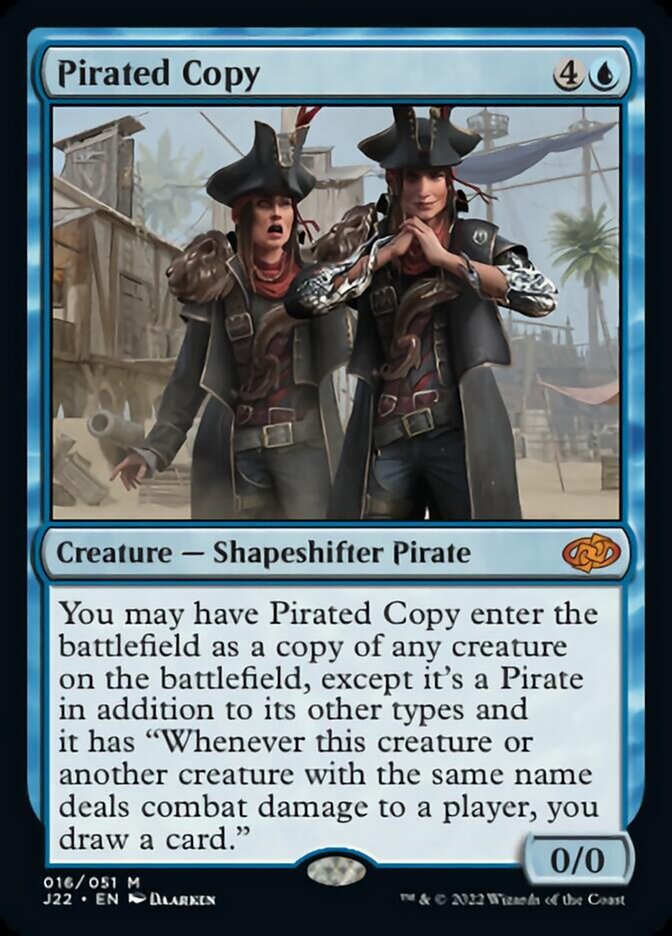In the modern digital age, the term "pirated" has emerged as a topic of significant discussion. Whether you're a content creator, a consumer, or simply someone interested in the legality of online content, understanding what constitutes pirated material is essential. Pirated content refers to unauthorized copying, distribution, or use of copyrighted material, which can include software, movies, music, books, and more. This act undermines the rights of creators and distributors, leading to financial, ethical, and legal consequences.
Piracy's impact extends far beyond financial losses for creators and distributors. It affects the quality of content, compromises user security, and challenges the ethical standards of the digital community. In this article, we will delve into the concept of pirated content, its various forms, associated risks, and how it impacts both creators and consumers. By the end, you'll have a thorough understanding of pirated material, its legal implications, and steps you can take to avoid engaging in illegal activities.
Our goal is to provide clarity and guidance to help you make informed decisions about consuming digital content. Let's explore the nuances of piracy and how it shapes the digital landscape.
Read also:Angela Halili Husband Exploring The Life And Love Story Behind The Screen
Table of Contents
- What Is Pirated Content?
- Types of Piracy
- A Brief History of Piracy
- Legal Implications of Piracy
- Risks of Using Pirated Material
- How to Identify Pirated Content
- Alternatives to Piracy
- Impact on Creators
- Statistics on Piracy
- Conclusion
What Is Pirated Content?
Pirated content refers to any material that is reproduced, distributed, or used without the permission of its rightful owner. This includes a wide range of digital and non-digital media, such as movies, music, software, books, games, and digital art. The act of piracy undermines the intellectual property rights of creators and distributors, leading to significant financial and ethical implications.
In the context of digital media, pirated content is often distributed through illegal websites, torrent platforms, or unauthorized streaming services. These platforms allow users to access copyrighted material without paying for it, violating intellectual property laws and depriving creators of their rightful compensation.
Definition of Pirated Content
Pirated content encompasses any material used, shared, or distributed without the permission of the rightful owner. This includes:
- Downloading movies, music, or software from unauthorized sources.
- Using cracked versions of software or games.
- Copying and distributing copyrighted text, images, or videos.
Types of Piracy
Piracy can take many forms, depending on the type of content being distributed. Below, we explore some of the most common types of piracy:
Software Piracy
Software piracy involves the unauthorized use or distribution of software programs. This can include cracked versions of popular applications, unauthorized copies of operating systems, or pirated versions of games. Software piracy not only affects developers financially but also poses security risks to users, as pirated software often contains malware or viruses.
Music and Movie Piracy
Music and movie piracy involve the illegal downloading, sharing, or streaming of copyrighted audio and video content. This is commonly done through torrent websites or unauthorized streaming platforms. The widespread availability of such platforms has made music and movie piracy a significant challenge for content creators and distributors.
Read also:Jim Carreys Relationships A Comprehensive Look At His Girlfriends
Book Piracy
Book piracy involves the unauthorized reproduction and distribution of literary works, including novels, textbooks, and academic papers. This can occur through illegal e-book websites or unauthorized file-sharing platforms. Book piracy undermines the efforts of authors and publishers, threatening the sustainability of the publishing industry.
A Brief History of Piracy
Piracy has existed in various forms throughout history. Initially, it referred to the unauthorized copying of physical media, such as cassette tapes and VHS recordings. However, with the advent of the internet, piracy evolved into a digital phenomenon, becoming more widespread and accessible.
The rise of peer-to-peer (P2P) networks, such as Napster in the late 1990s, marked a turning point in the history of piracy. These platforms allowed users to share files directly with one another, bypassing traditional distribution channels. Despite legal challenges and the closure of many P2P networks, piracy continues to thrive in the digital age, driven by advancements in technology and the demand for free content.
Legal Implications of Piracy
Piracy is a violation of intellectual property laws, which are designed to protect the rights of creators and distributors. Engaging in piracy can result in serious legal consequences, including fines, lawsuits, and even imprisonment in some cases. Copyright holders often pursue legal action against individuals and organizations involved in piracy, targeting torrent websites, illegal streaming services, and individuals who download pirated content.
Legal enforcement efforts have increased in recent years, with governments and industry groups working together to combat piracy. However, the challenge lies in balancing enforcement with the need to educate users about the importance of respecting intellectual property rights.
Risks of Using Pirated Material
Using pirated material poses several risks to users, including:
- Security Risks: Pirated software and media often contain malware, viruses, or spyware that can compromise your device and personal data. This can lead to identity theft, financial loss, and other security breaches.
- Legal Risks: Downloading or distributing pirated content can result in legal action, leading to fines or other penalties. In severe cases, individuals may face criminal charges and imprisonment.
- Quality Issues: Pirated content may be of poor quality, incomplete, or corrupted, affecting your user experience. Additionally, the lack of updates or support for pirated software can leave your system vulnerable to security threats.
Understanding these risks is crucial for making informed decisions about consuming digital content. By choosing legal alternatives, you can protect yourself and support creators.
How to Identify Pirated Content
Identifying pirated content can be challenging, especially for users who are unfamiliar with the signs. Below are some indicators that may help you spot pirated material:
- Unofficial or unauthorized websites offering free downloads without proper licensing or authorization.
- Requests for personal information or payment details before downloading, which may indicate a phishing scam or fraudulent activity.
- Low-quality or incomplete files, such as missing chapters in e-books or poor audio/video quality in movies and music.
It is essential to exercise caution when downloading or streaming content online and to ensure that you are using legitimate sources. Verifying the authenticity of a platform or website can help you avoid the risks associated with pirated content.
Alternatives to Piracy
There are numerous legitimate alternatives to piracy that allow users to access content legally and ethically. By choosing these alternatives, you can support creators while enjoying high-quality media. Below are some popular options:
Subscription Services
Streaming platforms like Netflix, Spotify, and Amazon Prime offer a wide range of movies, music, and TV shows for a monthly fee. These services provide high-quality content while supporting creators and distributors. Subscribing to such platforms ensures that you are accessing content legally and ethically.
Free Legal Platforms
Many platforms offer free, legal access to content. For example, YouTube, SoundCloud, and various public domain libraries provide users with a vast selection of media without the need for payment. These platforms are excellent alternatives for users who want to enjoy content without compromising their ethical standards.
Impact on Creators
Piracy has a profound impact on creators, who rely on revenue from their work to sustain their livelihoods. When users download or distribute pirated content, they deprive creators of the financial support they need to continue producing high-quality material. This not only affects individual creators but also the broader creative industry, leading to fewer opportunities for innovation and growth.
Moreover, piracy undermines the value of creativity and innovation, discouraging creators from investing time and resources into new projects. As a result, the quality and quantity of content available to consumers may decline, creating a negative cycle that harms both creators and audiences.
Statistics on Piracy
Piracy remains a pervasive issue worldwide, with millions of users accessing pirated content each year. Below are some key statistics on piracy:
- According to a report by the International Chamber of Commerce, global losses due to piracy and counterfeiting are estimated to reach $2.3 trillion by 2022.
- A study by the Motion Picture Association found that 29% of internet users in the U.S. have accessed pirated content in the past year.
- Software piracy accounts for approximately 37% of all software used globally, resulting in billions of dollars in lost revenue for developers.
These statistics highlight the scale of the problem and the urgent need for increased awareness and enforcement of intellectual property laws. By addressing piracy, we can create a more sustainable and ethical digital ecosystem.
Conclusion
In conclusion, understanding what constitutes pirated content and its implications is essential for anyone who consumes digital content. Piracy not only violates intellectual property laws but also poses significant risks to users and creators alike. By choosing legal alternatives and supporting creators, we can help foster a more ethical and sustainable digital ecosystem.
We encourage you to share this article with others and to explore our other resources on digital ethics and copyright law. Together, we can work towards a world where creativity is valued and protected, ensuring that creators are fairly compensated for their work and that consumers have access to high-quality, ethical content.


